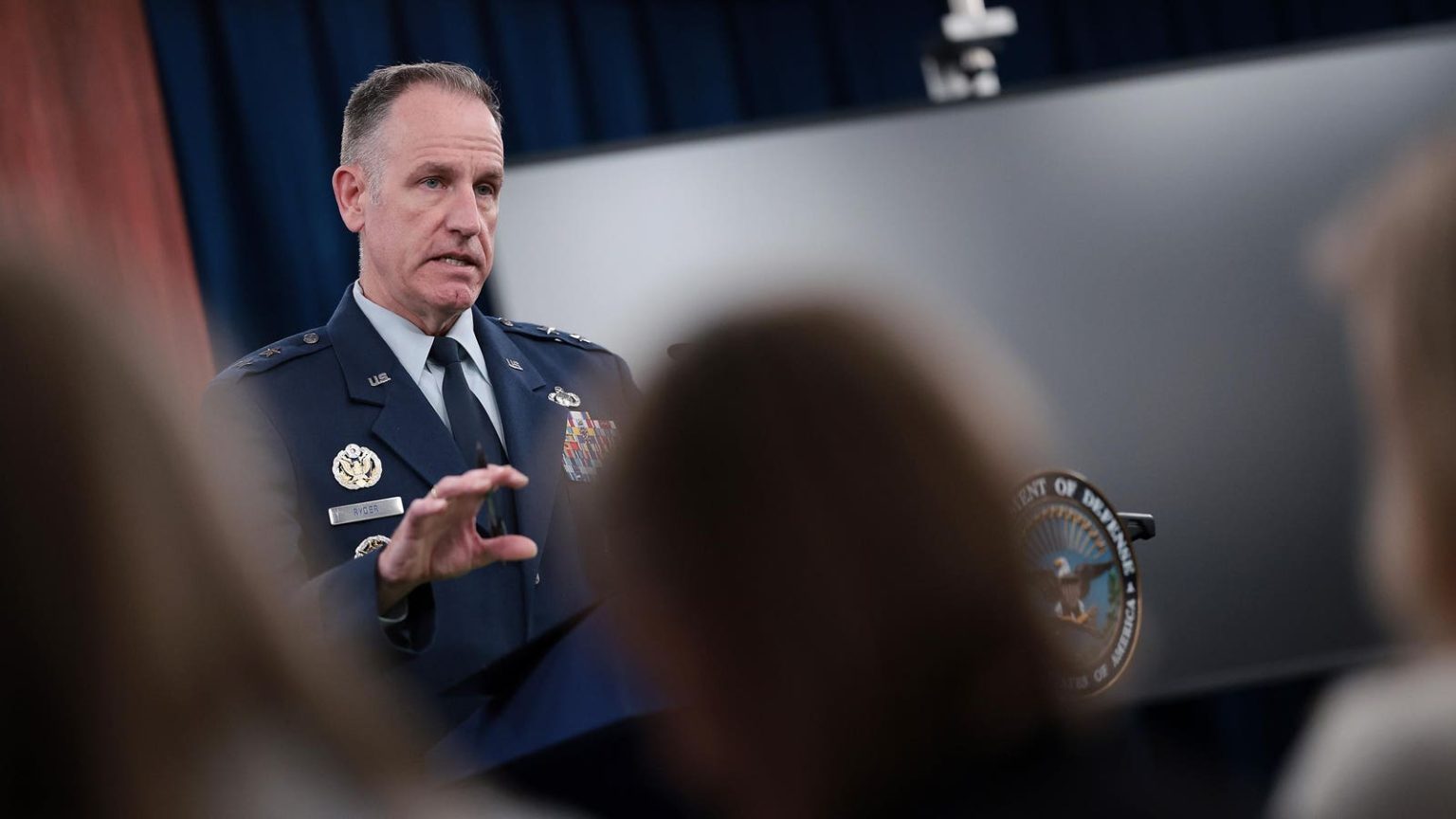The enigmatic drone sightings across the northeastern United States, particularly in New Jersey, have triggered a whirlwind of speculation, conspiracy theories, and misinformation, leaving the public and officials grappling for answers. While the federal government maintains that the drones pose no threat and are largely misidentified objects, the lack of a definitive explanation has fueled anxieties and allowed unsubstantiated claims to proliferate across social media and even within government circles. The ambiguity surrounding the situation underscores a growing challenge in the digital age: the rapid spread of misinformation and the difficulty in discerning fact from fiction.
At the heart of the confusion lie the conflicting narratives surrounding the drones’ origins and purpose. Federal agencies, including the Department of Homeland Security, the FBI, the FAA, and the Department of Defense, have conducted an extensive investigation, reviewing thousands of tips and concluding that nothing “anomalous” has been identified. Pentagon Press Secretary Pat Ryder has repeatedly denied any U.S. government or military involvement in the drone activity, dismissing theories about experimental programs or a designated testing corridor in New Jersey. Despite these assurances, prominent figures, including President-elect Donald Trump, have cast doubt on the official narrative, suggesting that the military possesses undisclosed information about the drones. This skepticism has only amplified public unease and provided fertile ground for conspiracy theories to flourish.
Adding to the complexity of the situation are the various outlandish theories that have emerged to explain the drone sightings. These range from the unfounded claim that the drones are searching for radioactive materials or lost nuclear warheads to the more fantastical notion that they are part of a government conspiracy to spray chemicals or even a precursor to an alien invasion. Social media has been a breeding ground for these narratives, with manipulated videos and images of alleged drones garnering millions of views. One prominent theory, propagated by reality TV personality Bethenny Frankel, suggests the drones are government-operated and involved in detecting hazardous materials. This theory gained traction despite the Nuclear Regulatory Commission’s clarification regarding a missing shipment of medical equipment, which was later found and posed no danger.
Even government officials have contributed to the confusion, misidentifying airplanes as drones and fueling speculation with unsubstantiated claims. Senator Andy Kim of New Jersey, for instance, initially reported spotting multiple drones but later retracted his statement, acknowledging that they were likely airplanes. Similarly, former Maryland Governor Larry Hogan shared a video of alleged “large drones,” which were later identified as stars. These instances of mistaken identity highlight the difficulty in accurately identifying airborne objects, particularly at night or from a distance. They also underscore the importance of relying on verified information from credible sources.
The drone saga has also become a battleground for political posturing and partisan rhetoric. Representatives Marjorie Taylor Greene and Chris Smith have publicly questioned the government’s narrative, with Greene suggesting government involvement in the drone activity and Smith asserting that the drones are military in origin. These pronouncements, often made without evidence, contribute to the polarization of the issue and further erode public trust in official explanations. The lack of transparency from the government, coupled with the conflicting statements from officials, has only served to deepen the mystery and fuel speculation.
Beyond the specific theories and political maneuvering, the drone incident raises broader concerns about the vulnerability of public discourse to misinformation and the challenges of maintaining informed debate in the digital age. The ease with which manipulated videos and fabricated stories can be disseminated online underscores the need for critical thinking and media literacy. Furthermore, the incident highlights the responsibility of public figures and government officials to communicate responsibly and avoid spreading unsubstantiated claims that can exacerbate public anxieties. As Senator Cory Booker aptly observed, the lack of transparency has allowed misinformation and fear to proliferate, emphasizing the need for clear and accurate communication from authorities to address public concerns and prevent the spread of unfounded theories. Ultimately, the drone mystery serves as a cautionary tale about the pervasive nature of misinformation and the importance of discerning fact from fiction in an increasingly complex information landscape.

